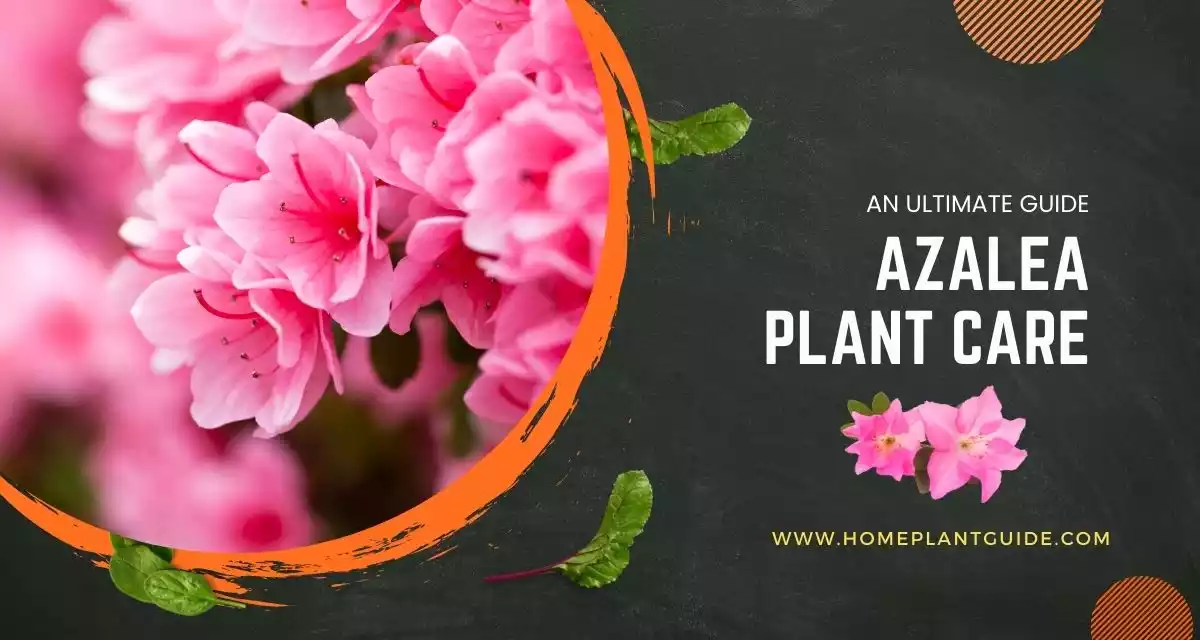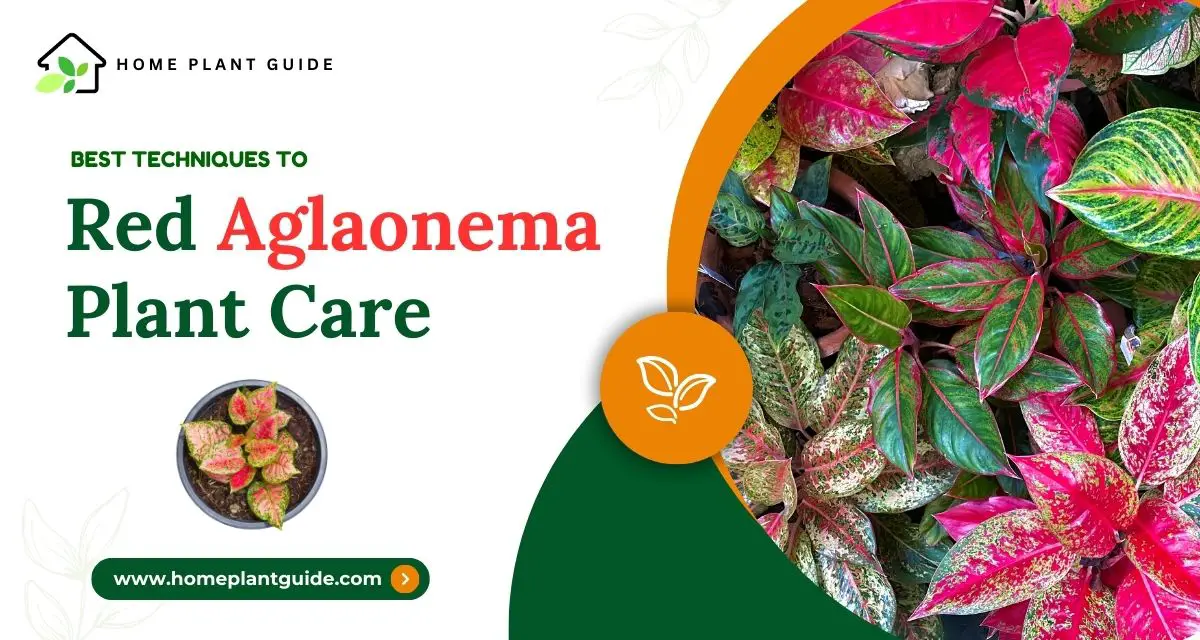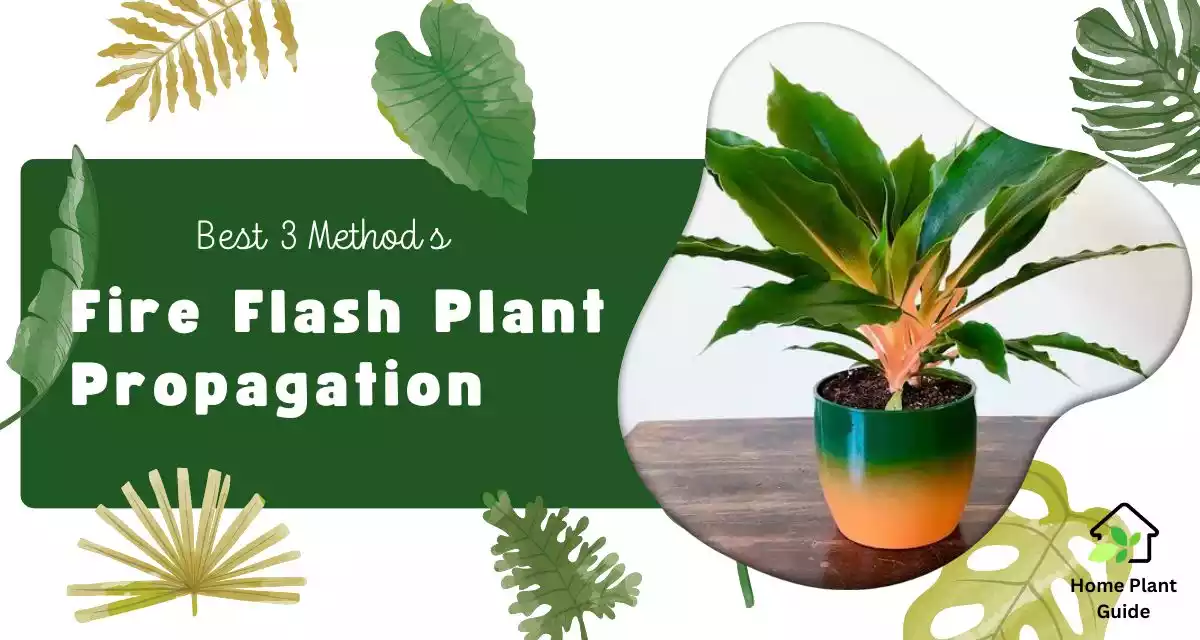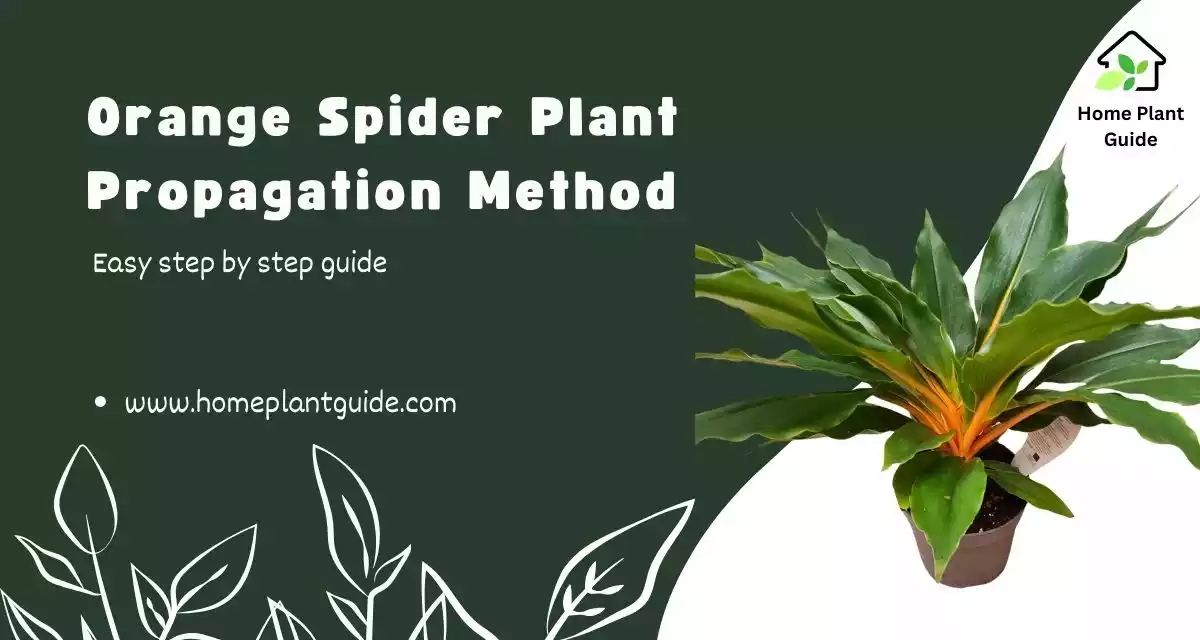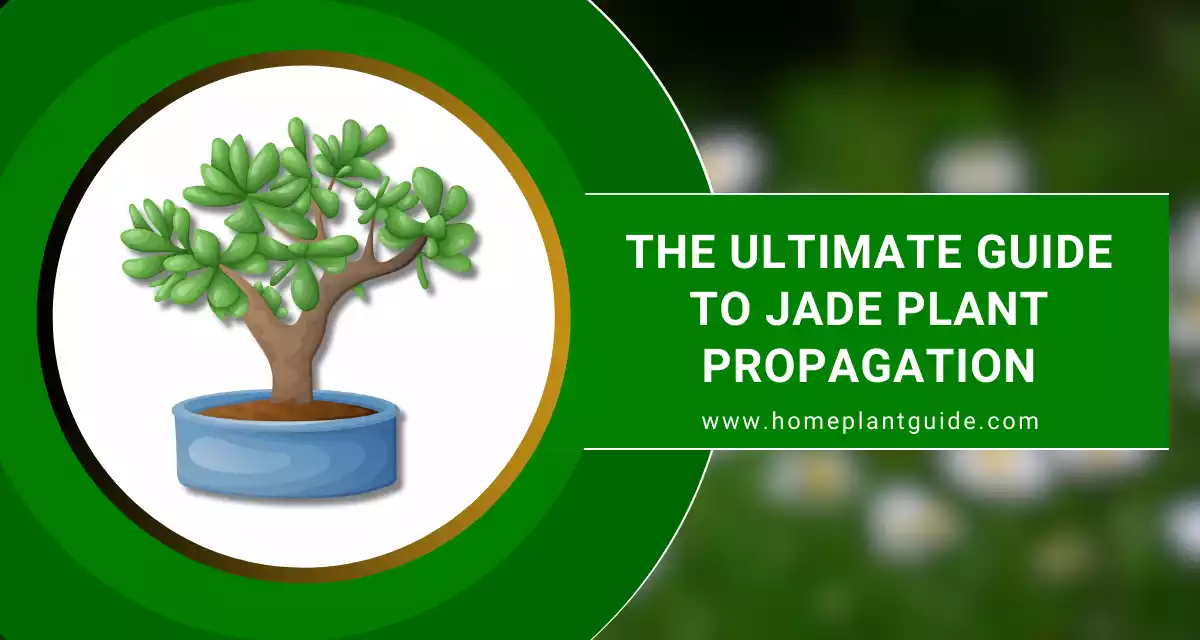Pothos is one of the most popular and low-maintenance houseplants. They are durable and easy to care for. One variety stands out for its bright, tropical appearance within the Pothos family.
Epipremnum aureum is the scientific name of neon pathos. Neon pathos encapsulates a vivid, dynamic journey illuminated by neon lights. It embodies a fusion of modern aesthetics and emotional resonance.
It is often found in urban landscapes or artistic expressions. Whether in the pulsating glow of a cityscape or the evocative ambiance of a neon-lit art installation.
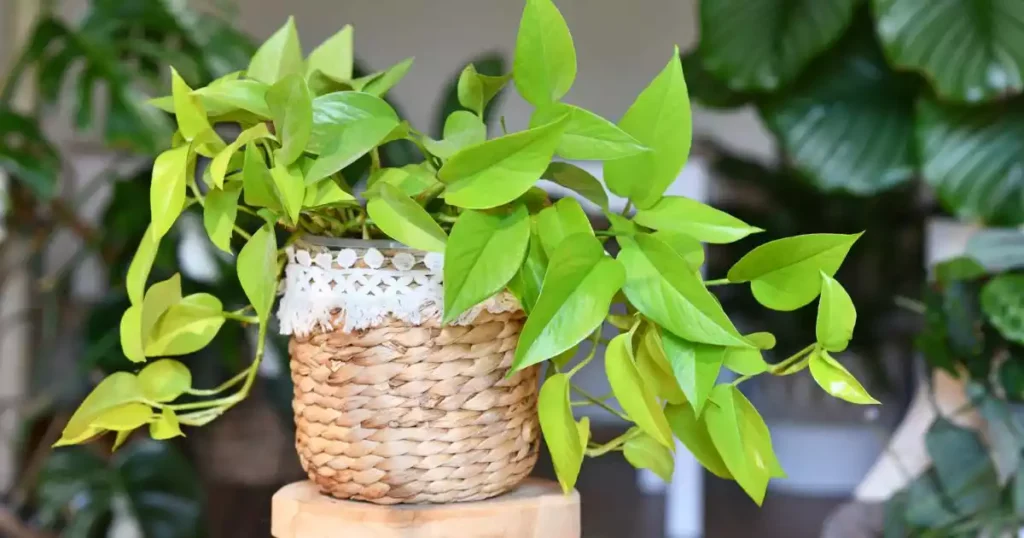
Neon pathos captivates observers with its ability to convey a spectrum of feelings from nostalgia to futuristic allure. It stands as a testament to the transformative power of light in shaping our emotional experiences.
This blog will explore different aspects of growing and caring for neon pothos.
In This Article
Specification of Neon Pothos
Here is some important information about this plant.
| General Name | Neon pothos |
| Scientific Name | Epipremnum aureum ‘Neon’ |
| Plant Family | Araceae |
| Type of Plant | Perennial, vine |
| Mature Size | 10 ft long, 3 ft wide (indoors) |
| Flower color | Green, white |
| Sun Exposure | Partial |
| Type of Soil | Loamy and moist but well-drained |
| Soil pH Value | Acidic |
| Native Area | Australia |
| Hardiness Zones | 11a, 11b, 12a, 12b |
| Toxicity | Toxic to both pets and human |
| Bloom Time | Spring and summer |
Types of Pothos
Neon pothos is the true household plant. It has lime green, heart-shaped leaves. The elder leaves have a deeper neon tinge, while the younger leaves are brighter. Growing the plant in intense light will yield a startling neon hue.
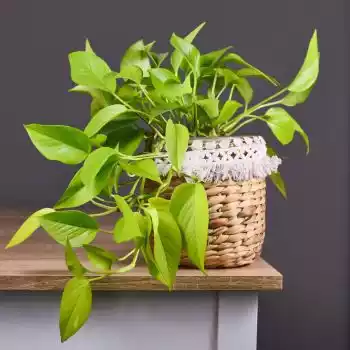
There are several different varieties of pothos plants available. Some common types include:
Golden Pothos
It has bright yellow and green variegated heart-shaped leaves. Golden pothos thrive in low light. It is easy to care for and propagate. It adds warmth to any interior space.
Marble Queen Pothos
It has gorgeous swirling patterns of white and green. The marble queen pothos is a striking decorative plant. It is beautiful and tolerating low-light conditions is simple.
Jade Pothos
As the name suggests, jade pothos displays shiny emerald green leaves without variegation. It brings rich greenery to indoor areas and purifies the air through photosynthesis.
Neon Pothos
It is Vibrant neon green and cream leaves pop against any background. Neon pothos brightens up dull corners with low light requirements.
Propagation is simple through stem cuttings for an eye-catching trailing plant.
Variegated Neon Pothos
The variegated neon pothos is a colorful variant within the family. It boasts a radically bright, tropical aesthetic. The vibrant variegation develops more prominently on new growth as the plant matures.
It becomes almost fluorescent in quality and is guaranteed to light up any room.
Neon pothos makes an eye-catching accent plant thanks to its striking foliage. It thrives in low or bright indirect light. It’s sure to attract attention wherever placed.
Neon Pothos Propagation
Neon pothos is one of the easiest houseplants to propagate. It allows homeowners to expand their collection or share cuttings with friends.
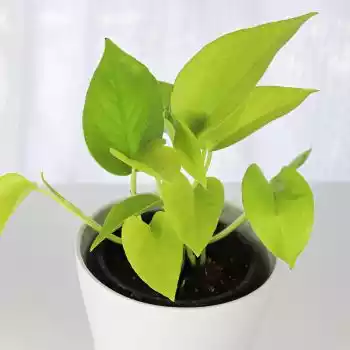
All required are 4-6 inch stem cuttings trimmed just below a node using clean, sharp pruners. New plants are easily propagated through stem or leaf cuttings.
It provides more energy after removing the lowest leaves for the cutting to form roots.
Place the cuttings in the water and set them in indirect light. Roots typically emerge within 2-4 weeks as the plant hormones signal new growth.
Once an ample root system develops about 1-2 inches long, the cuttings can be potted in soil.
Cuttings may also be placed directly in the ground if preferred.
Regular propagation keeps an entire bushy appearance. It ensures neon pothos remain an eternally vibrant presence.
Neon Pothos Care
Neon pothos is a popular houseplant known for its low maintenance needs. It will thrive and retain its vibrant green and white leaves with proper care.

Watering
- The soil should be allowed to dry out slightly between waterings.
- Check the soil moisture by inserting a finger into the first knuckle. Water when the top inch feels dry.
- Overwatering can cause root rot, so allow the soil to dry adequately between waterings.
Light
Neon pothos prefer moderate to bright indirect light. East or west-facing windows provide the ideal lighting. Direct sun may cause leaves to burn or yellow.
In summer, fertilize monthly with a diluted liquid houseplant food. Pothos are incredibly resilient – their ability to survive neglect has earned them the nickname “devil’s ivy.”
Fertilizing
In spring and summer, supplement with a half-strength liquid houseplant fertilizer every 4-6 weeks. It provides nutrients to maintain healthy foliage.
Pruning
Remove any leaves that turn yellow or brown at the edges. It encourages new growth and keeps the plant looking its best.
Neon pothos will stay vibrant and thriving with simple watering, lighting, fertilizing, and pruning techniques. Its easy-care nature has made it a popular houseplant choice for decades.
Neon Pothos Turning Yellow
Yellow leaves typically indicate overwatering as pothos can rot quickly in constantly moist soil. Improving drainage and only watering when dry helps.
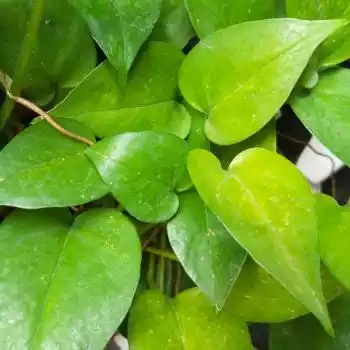
Nutrient deficiencies from lack of fertilizer can also cause yellowing. Cut off yellow sections to promote new growth. Move to a brighter spot if leaves lose variegation in low light.
Neon pothos is praised for its easy-care nature, but occasional issues may arise. Understanding the causes of yellowing leaves can help remedy the problem.
Overwatering
The most common reason for yellow leaves is overwatering. The loose, well-draining soil neon pothos prefers stays continually moist.
The roots can rot, preventing nutrients from reaching the leaves. Allow soil to dry between waterings.
Underwatering
On the other end of the spectrum, infrequent watering stresses the plant. Soil allowed to dry out thoroughly can also cause yellow leaves until it is rehydrated.
Lack of light
Pothos lose colorful variegation if light levels are too low. Leaves may become entirely yellow. Move to a slightly brighter spot for healthy green and white leaves.
Nutrient deficiency
Yellowing can result from a lack of nutrients if fertilizer has not been provided in many months. Apply a diluted liquid houseplant fertilizer to perk up foliage.
Neon pothos can regain its signature bright appearance by addressing watering needs, light levels, and nutrients. Understanding the potential causes will help keep leaves their best color.
Is Neon Pothos Toxic to Cats?
While non-toxic to humans, some parts of pothos are potentially poisonous if ingested by cats and dogs.
All pothos contain insoluble calcium oxalate crystals, which can cause mouth pain or irritation. If eaten, the plant sap may also cause mild to severe irritation or vomiting. It’s best to keep pothos out of reach of pets to be safe.
Conclusion
Neon pothos add a vibrant pop of color to any setting. It thrives in low light and neglect, making it a great beginner or common maintenance plant.
With the proper care, including pruning yellow leaves, watering when the soil is dry, and fertilizing in spring and summer.
Neon pothos will reward owners with lush foliage. Always take care when growing any houseplants around pets.
FAQ:
Q: What is the scientific name of neon pothos?
The scientific name of this plant is Epipremnum aureum.
Q: What are the light requirements for neon pothos?
Bright indirect light.
Q: How often should you water a neon pothos?
Around once every 1-2 weeks when the top inch of soil is dry.
Q: Does neon pothos need fertilizer?
Yes, use a diluted liquid houseplant fertilizer in the spring and summer.
Q: Is neon pothos poisonous to cats or dogs?
While not highly toxic, neon pothos can cause mouth irritation if ingested by pets.
Q: What is the best way to propagate neon pothos?
Take 4-6 inch stem cuttings in water until roots develop 2-4 weeks later.
Q: How big do neon pothos plants get?
They can grow several feet long, cascading from hanging pots or climbing supports.
Q: Can neon pothos tolerate low light?
It may lose bright variegation and color in deficient light conditions.
Q: What problems can affect neon pothos?
Overwatering causes root rot or underwatering and nutrient deficiency, making leaves yellow.
Q: Can neon pothos be grown outdoors in summer?
Yes, it’s heat and humidity-tolerant. Bring indoors before the first fall frost.
Read More Easy Plantation Method:
